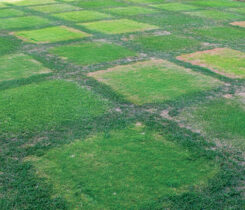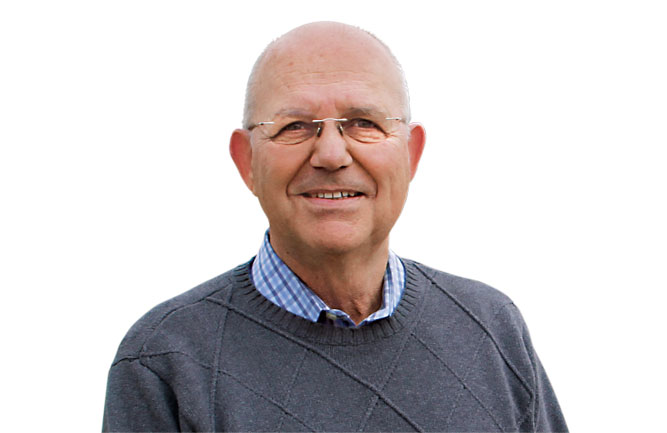Spring dead spot — it returns

Clark Throssell
Superintendents managing bermudagrass in the Transition Zone and in the northern part of the warm-season turfgrass zone are awaiting an unfortunate annual event. How much of their bermudagrass will be affected by spring dead spot? Spring 2018 brought bad news for many superintendents in the form of considerable damage from spring dead spot. What 2019 brings in the form of spring dead spot damage is anyone’s guess. There is no good way to predict how much spring dead spot damage will occur over the winter, although experience has shown that golf courses with bermudagrass located in the most northern locations often have the most spring dead spot damage.
The most common fungal species that cause spring dead spot are Ophiosphaerella korrae and O. herpotricha. Both are active in fall and infect roots, rhizomes and stolons when soil temperature is 50 degrees to 70 degrees F. The fungi do not cause the bermudagrass to die but rather weaken it. Cold winter temperatures cause the turf to die. The extent of spring dead spot damage is due to a combination of the extent of fungal infection in fall and the duration and magnitude of cold temperatures in winter.
Complicating our understanding of control and management of spring dead spot is the fact that O. korrae and O. herpotricha respond differently to nitrogen source and soil pH, have different geographic ranges — but may overlap in some locations — and cause different degrees of spring dead spot damage.
The only way to know the extent of spring dead spot damage is to wait until the bermudagrass greens up in spring. Areas damaged by spring dead spot will remain brown, and the roots, rhizomes and stolons of damaged plants will be dark brown to black. Spring dead spot is most common on intensely managed bermudagrass stands. Once spring dead spot occurs, it will be found on the same locations year after year, becoming more severe if superintendents don’t attempt control measures.
If you observe spring dead spot damage, make a concerted effort to photograph and map the damaged areas at spring green-up. Spring dead spot often is more severe where an additional stressor is present. Try to link spring dead spot-damaged areas with suspected stresses at that location and take steps during the 2019 growing season to alleviate the suspected stresses.
Spring dead spot will be back in 2020 at the same locations it damaged in 2019. Therefore, treat only the areas damaged in spring 2019 when making a fungicide application in fall 2019. Careful observation and mapping of spring dead spot damage in spring can save time and money in fall.
Controlling spring dead spot with fungicides can be inconsistent. If fungicides are going to be applied, preventive applications in fall when soil temperature is 60 degrees to 80 degrees F have been shown to be the most effective strategy to control spring dead spot. In situations where spring dead spot has been severe, two fungicide applications in fall may be worth a try. The fungicide applications should be several weeks apart, but both applications need to be made when soil temperatures are 60 degrees to 80 degrees F.
Concentrate on growing healthy bermudagrass year-round. Proper aeration, verticutting, topdressing and a sound fertility program are essential for managing spring dead spot. Avoid fertilizing with nitrogen 45 days prior to expected dormancy to give the bermudagrass plenty of time to harden off prior to winter.
References
Butler, L. 2017. Spring dead spot in turf. North Carolina State University Extension. https://content.ces.ncsu.edu/spring-dead-spot-in-turf
Latin, R. 2016. Spring dead spot. Purdue University Extension. BP-120-W.https://www.extension.purdue.edu/extmedia/BP/BP-120-W.pdf












